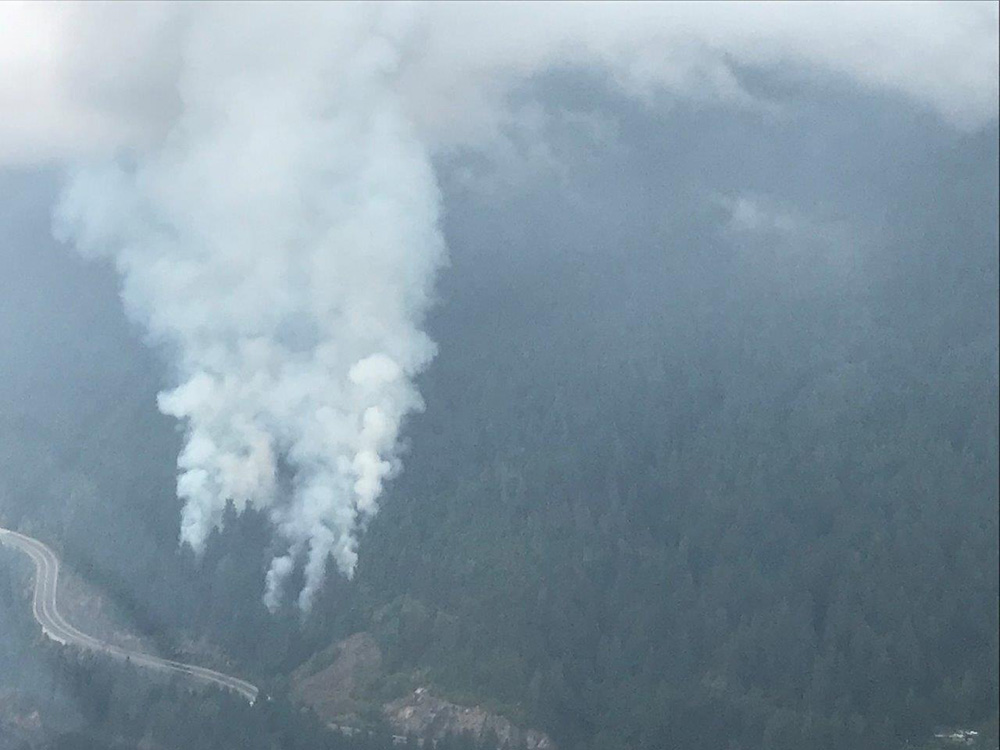 …Fires like the blaze that closed lanes on the Sea to Sky Highway may be the new normal for urban dwellers. The consequences include property damage and health risks, particularly for the almost 10 per cent of people who suffer from serious respiratory diseases. The fire season is in its early stages, but the BC Wildfire Service already assesses the fire risk in southwestern B.C. as high to extreme. The District of Squamish teamed up with the Resort Municipality of Whistler this year to develop an evacuation plan as both regions rely on the Sea to Sky Highway as an exit route. Projections from the plan include a potential 13-hour southbound evacuation time on a peak day. That means the wildfire threat has increased for more densely populated — even urban areas — like North Vancouver, which is in the process of updating its evacuation plans. … Life in the wildfire interface zone today requires preparation — staying informed, having a grab-and-go bag and knowing the routes out of your community.
…Fires like the blaze that closed lanes on the Sea to Sky Highway may be the new normal for urban dwellers. The consequences include property damage and health risks, particularly for the almost 10 per cent of people who suffer from serious respiratory diseases. The fire season is in its early stages, but the BC Wildfire Service already assesses the fire risk in southwestern B.C. as high to extreme. The District of Squamish teamed up with the Resort Municipality of Whistler this year to develop an evacuation plan as both regions rely on the Sea to Sky Highway as an exit route. Projections from the plan include a potential 13-hour southbound evacuation time on a peak day. That means the wildfire threat has increased for more densely populated — even urban areas — like North Vancouver, which is in the process of updating its evacuation plans. … Life in the wildfire interface zone today requires preparation — staying informed, having a grab-and-go bag and knowing the routes out of your community.

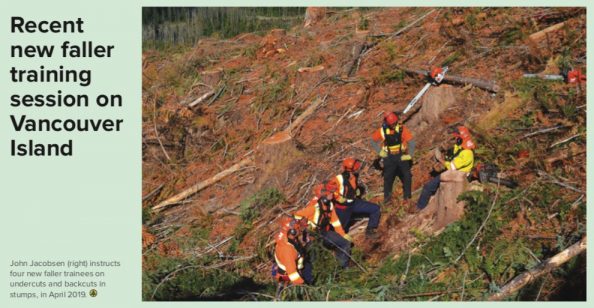

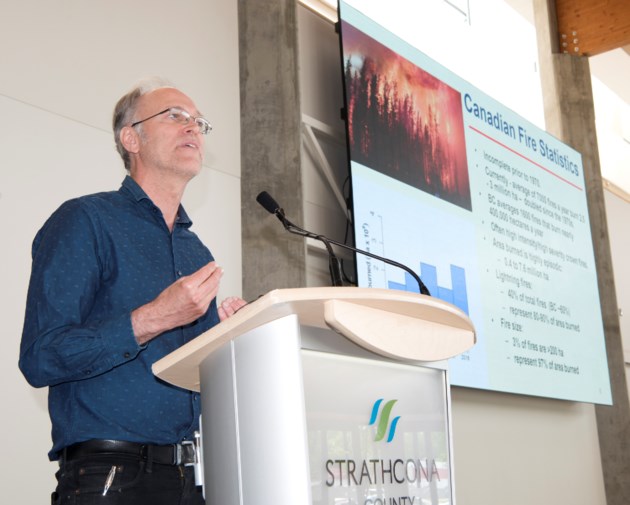



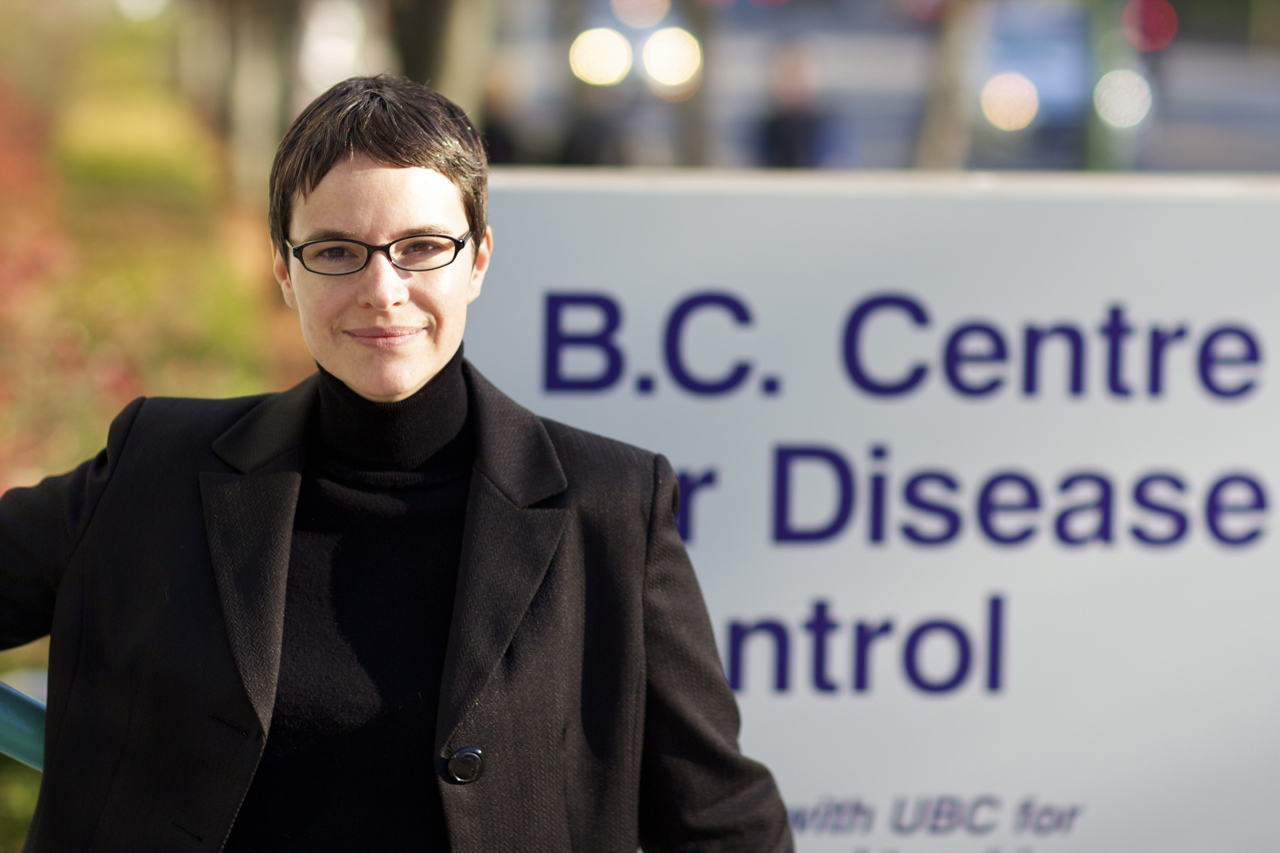







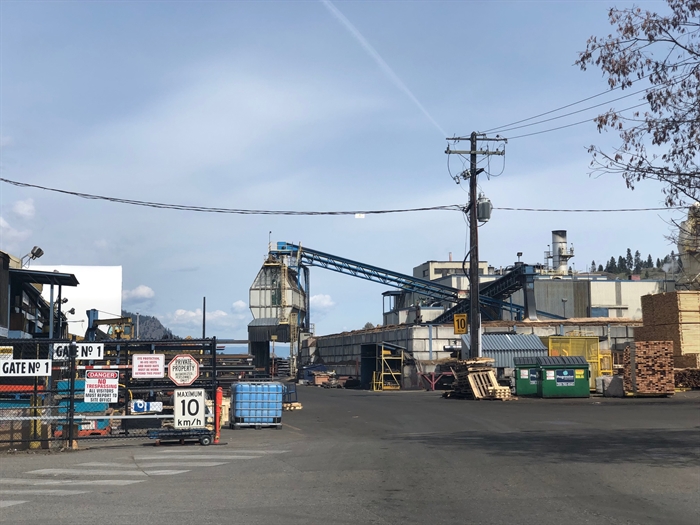
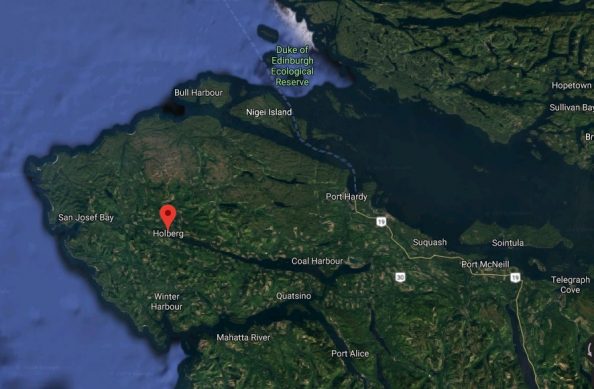
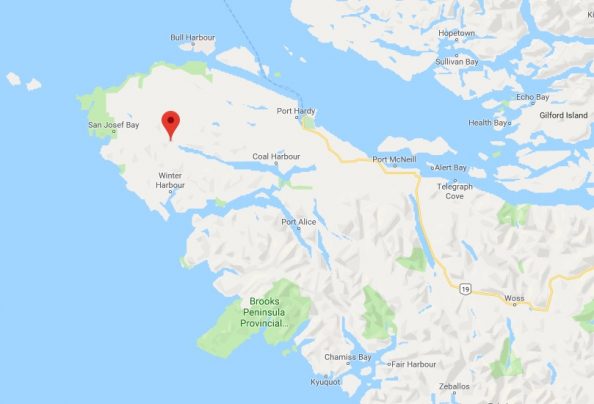



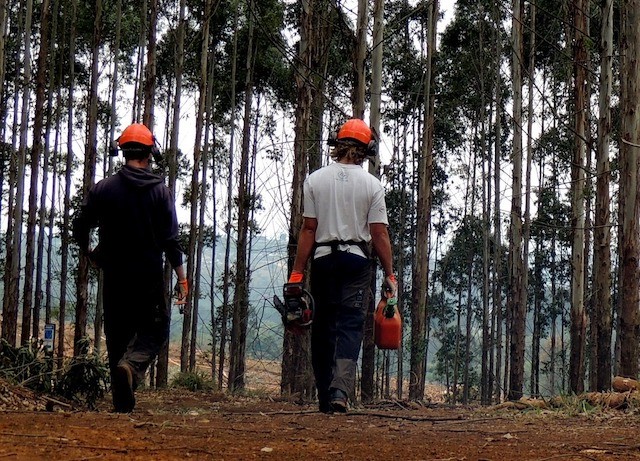



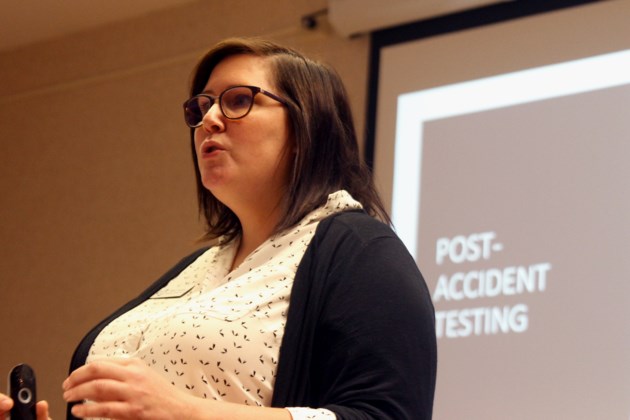


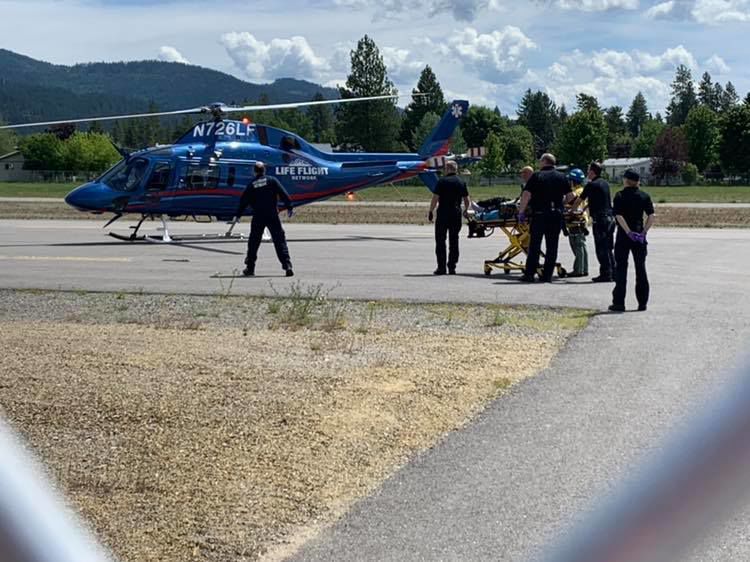


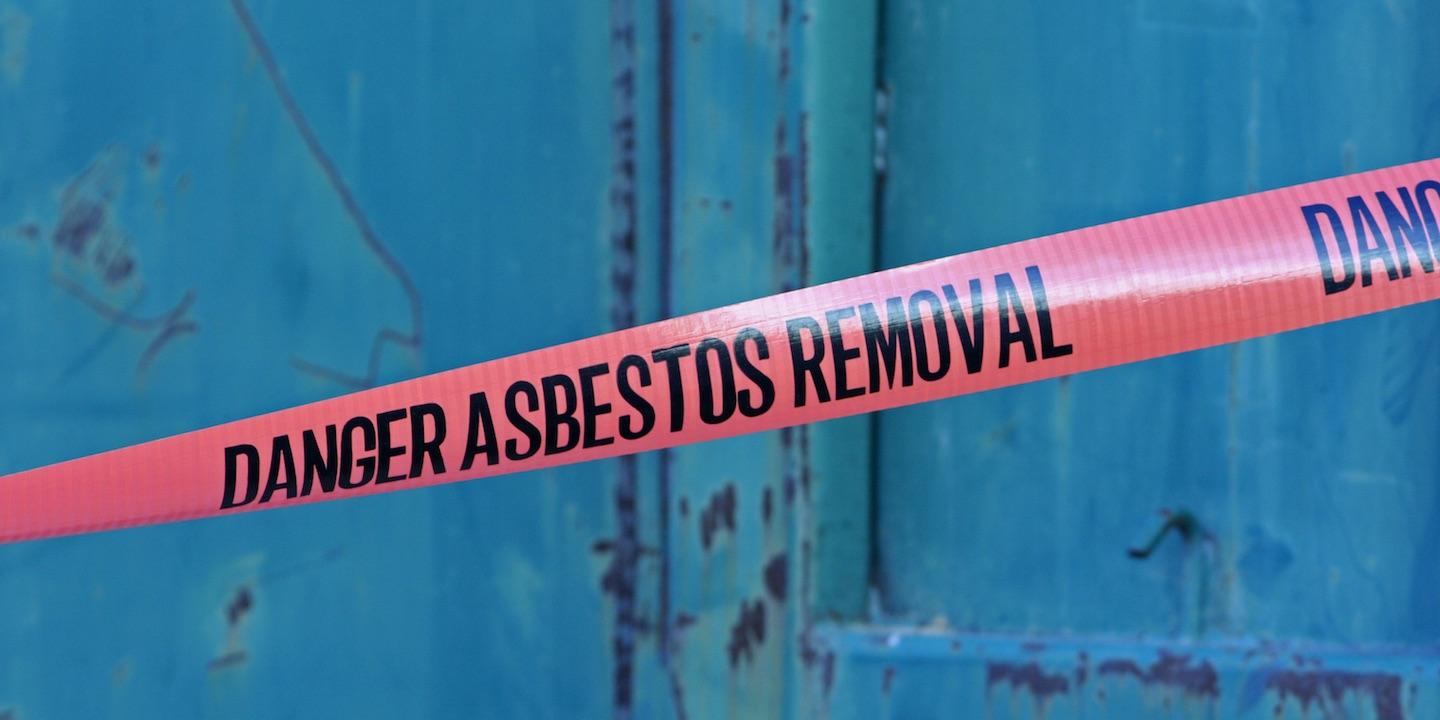




/arc-anglerfish-tgam-prod-tgam.s3.amazonaws.com/public/4JETM36FO5B5XEOWMEIU7HDBYE.JPG)